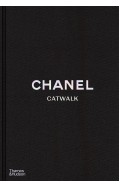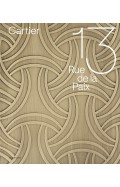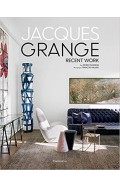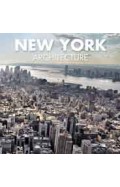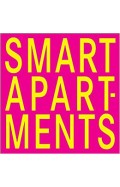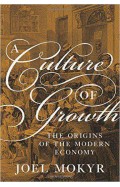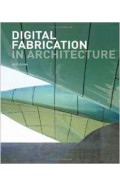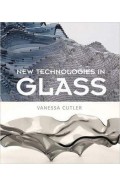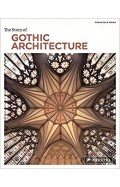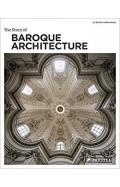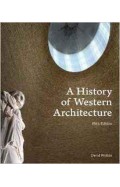- Home
- Books
- Categories
- Non Fiction
- Art. Design and Architecture
- Architecture
- Extreme Minimalism - Architecture
Extreme Minimalism - Architecture
By: Chris van Uffelen
-
Rs 8,446.75
- Rs 12,995.00
- 35%
You save Rs 4,548.25.
Due to constant currency fluctuation, prices are subject to change with or without notice.
Masterpieces: Performance Architecture + Design
By: Chris van Uffelen
Rs 2,942.50 Rs 5,350.00 Ex Tax :Rs 2,942.50
Residential Architecture For Senior Citizens (Architecture In Focus) - [HB]
By: Chris van Uffelen
Rs 3,627.25 Rs 6,595.00 Ex Tax :Rs 3,627.25
The Beauty of Space - Living in Minimal Style
By: Chris van Uffelen
Rs 4,232.25 Rs 7,695.00 Ex Tax :Rs 4,232.25
Bricks Now & Then - The Oldest Man-Made Building Material
By: Chris van Uffelen
Rs 6,821.75 Rs 10,495.00 Ex Tax :Rs 6,821.75
Contemporary Architecture - Masterpieces Around the World
By: Chris van Uffelen
Rs 18,196.75 Rs 27,995.00 Ex Tax :Rs 18,196.75
Extreme Minimalism - Architecture
By: Chris van Uffelen
Rs 8,446.75 Rs 12,995.00 Ex Tax :Rs 8,446.75
Zubin Mehta: A Musical Journey (An Authorized Biography)
By: VOID - Bakhtiar K. Dadabhoy
Rs 472.50 Rs 1,050.00 Ex Tax :Rs 472.50
Dior Catwalk: The Complete Collections
By: Alexander Fury
Rs 21,595.50 Rs 23,995.00 Ex Tax :Rs 21,595.50
CHANEL CATWALK - The Complete Karl Lagerfeld Collections (1983-2019).
By: Patrick Mauries
Rs 21,595.50 Rs 23,995.00 Ex Tax :Rs 21,595.50
Contemporary Architecture - Masterpieces Around the World
By: Chris van Uffelen
Rs 18,196.75 Rs 27,995.00 Ex Tax :Rs 18,196.75
Culture City How Culture Leaves Its Mark on Cities and Architecture Around the World
By: Wilfried Wang
Rs 3,712.50 Rs 4,950.00 Ex Tax :Rs 3,712.50
The Story of Gothic Architecture (Story Of... (Prestel))
By: Francesca Prina
Rs 1,032.75 Rs 2,295.00 Ex Tax :Rs 1,032.75
Dior Catwalk: The Complete Collections
By: Alexander Fury
Rs 21,595.50 Rs 23,995.00 Ex Tax :Rs 21,595.50
CHANEL CATWALK - The Complete Karl Lagerfeld Collections (1983-2019).
By: Patrick Mauries
Rs 21,595.50 Rs 23,995.00 Ex Tax :Rs 21,595.50
Contemporary Architecture - Masterpieces Around the World
By: Chris van Uffelen
Rs 18,196.75 Rs 27,995.00 Ex Tax :Rs 18,196.75
No recently viewed books available at the moment.
Zubin Mehta: A Musical Journey (An Authorized Biography)
By: VOID - Bakhtiar K. Dadabhoy
Rs 472.50 Rs 1,050.00 Ex Tax :Rs 472.50
Masterpieces: Performance Architecture + Design
By: Chris van Uffelen
Rs 2,942.50 Rs 5,350.00 Ex Tax :Rs 2,942.50
Residential Architecture For Senior Citizens (Architecture In Focus) - [HB]
By: Chris van Uffelen
Rs 3,627.25 Rs 6,595.00 Ex Tax :Rs 3,627.25
The Beauty of Space - Living in Minimal Style
By: Chris van Uffelen
Rs 4,232.25 Rs 7,695.00 Ex Tax :Rs 4,232.25
Bricks Now & Then - The Oldest Man-Made Building Material
By: Chris van Uffelen
Rs 6,821.75 Rs 10,495.00 Ex Tax :Rs 6,821.75
Contemporary Architecture - Masterpieces Around the World
By: Chris van Uffelen
Rs 18,196.75 Rs 27,995.00 Ex Tax :Rs 18,196.75
Extreme Minimalism - Architecture
By: Chris van Uffelen
Rs 8,446.75 Rs 12,995.00 Ex Tax :Rs 8,446.75
Dior Catwalk: The Complete Collections
By: Alexander Fury
Rs 21,595.50 Rs 23,995.00 Ex Tax :Rs 21,595.50
CHANEL CATWALK - The Complete Karl Lagerfeld Collections (1983-2019).
By: Patrick Mauries
Rs 21,595.50 Rs 23,995.00 Ex Tax :Rs 21,595.50
Contemporary Architecture - Masterpieces Around the World
By: Chris van Uffelen
Rs 18,196.75 Rs 27,995.00 Ex Tax :Rs 18,196.75












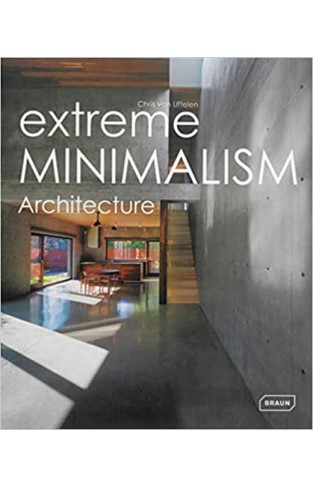
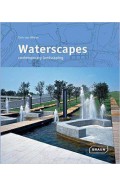
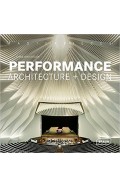
![Residential Architecture For Senior Citizens (Architecture In Focus) - [HB]](https://www.libertybooks.com/image/cache/01 ZEESHAN/Residential-Architecture-For-Senior-Citizens-(Architecture-In-Focus)-[HB]-120x187.jpg?q6)
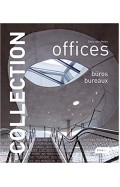
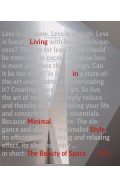
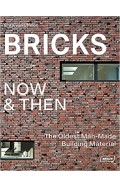
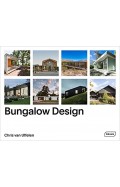
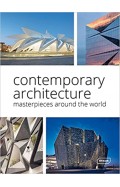
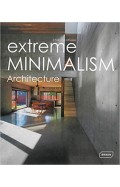
-120x187.jpg?q6)







